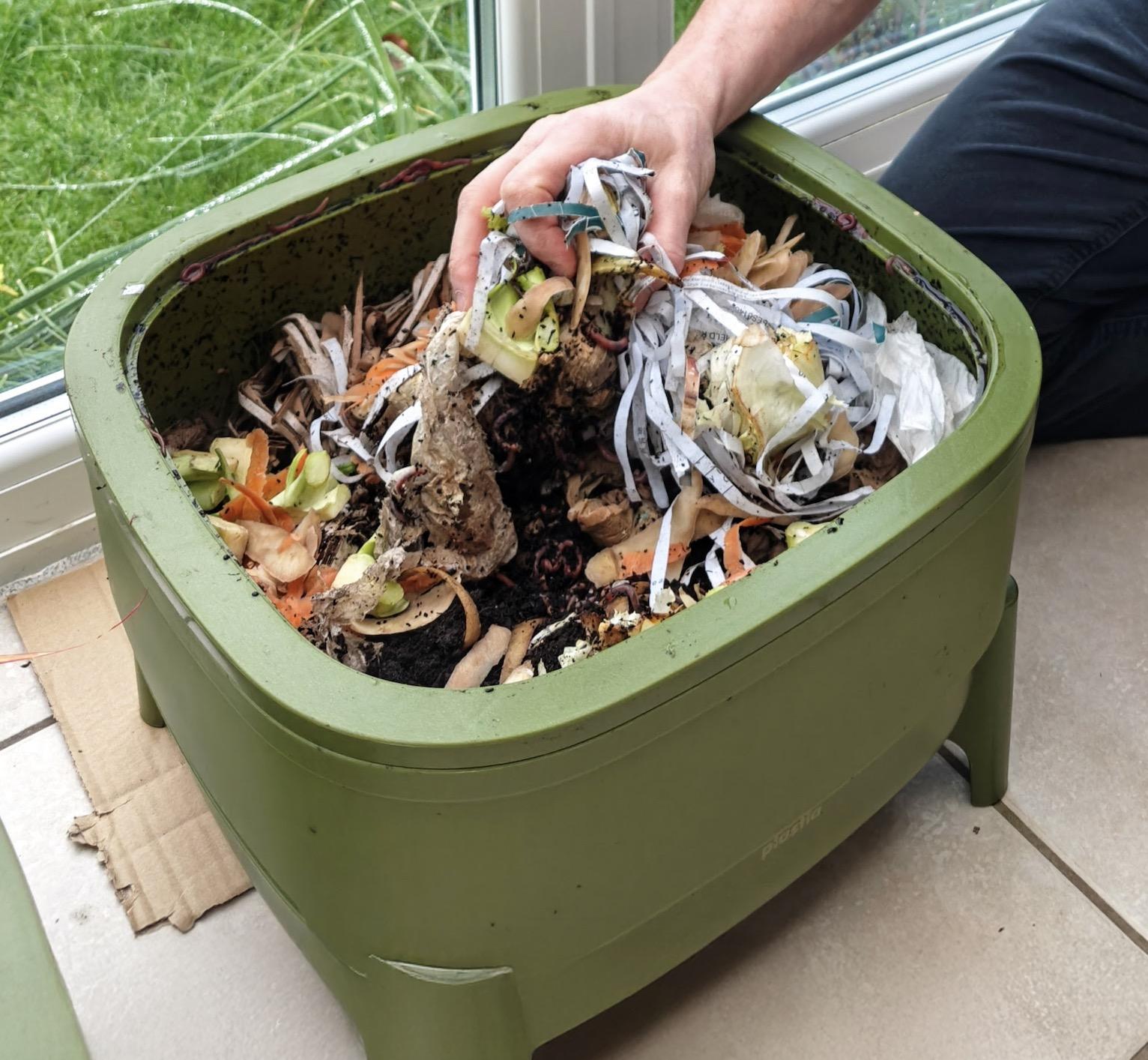

A blog by Heather at Wiggly Wigglers
Soil health is everything when it comes to growing a productive allotment. A thriving plot isn’t just about what you plant—it’s about feeding the soil, supporting microbial life, and keeping nutrients cycling naturally. The very best way to do that? Home composting.
Here in our farm kitchen at Lower Blakemere, nothing goes to waste. There’s a worm farm in the kitchen, breaking down veg peelings into incredibly rich compost, and a Bokashi Kit in our porch, fermenting leftover scraps, cooked food, and dairy. This means every bit of food waste stays in the growing system, returning nutrients to the soil where they belong.
Taking home compost to the allotment is one of the most effective ways to improve soil structure, water retention, and fertility—without relying on synthetic fertilisers. It’s free, packed with life, and makes a real difference to harvests.

Bokashi: Compost Everything, Anywhere
Bokashi ferments food waste instead of letting it rot, meaning it preserves nutrients and breaks down quickly in the soil. It’s perfect for allotment growers because:

Beyond the Allotment: The Bigger Picture


Why Home Compost Transforms Soil Health

Worm Composting: The Best Soil Conditioner for an Allotment
Worm compost (vermicompost) is one of the richest soil amendments you can make. A worm farm works brilliantly indoors, but also thrives in a shed or greenhouse.

Easy Ways to Get Started
Bokashi in the house, porch, shed, or outside. Worms in the kitchen, greenhouse, or shed. A compost bin in the garden.
Taking homemade compost to the allotment is one of the best ways to improve soil health, increase harvests, and reduce waste.
Healthy soil. Bigger harvests. Less waste. Composting makes it happen.
With Worm Wishes
Heather at Wiggly Wigglers.